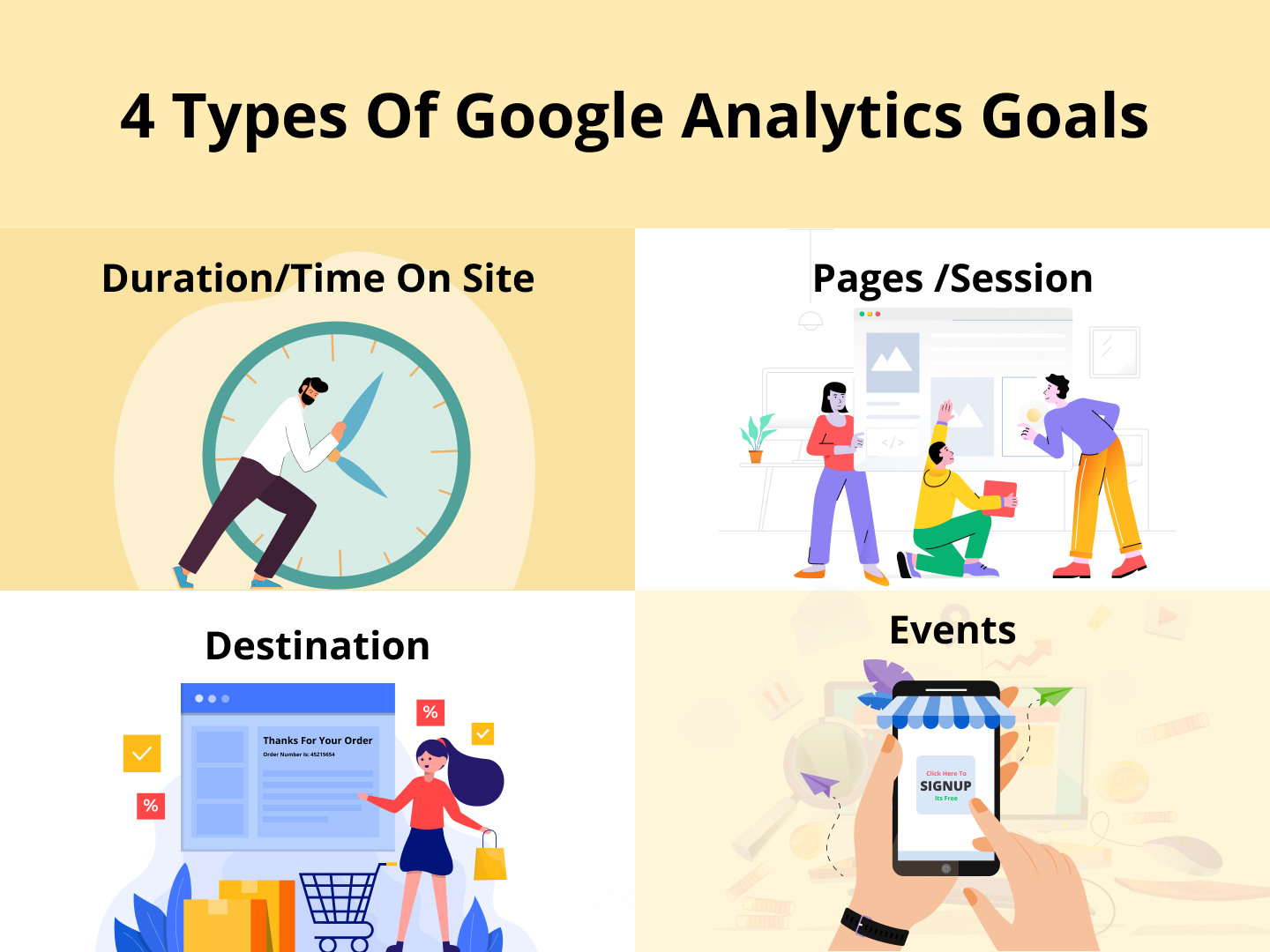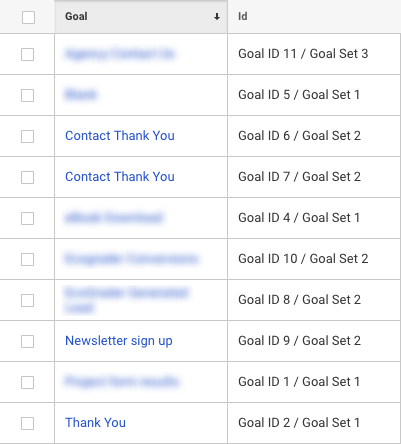Discover the Limitations of Google Analytics Goals: Revealing the Information Types That Remain Untrackable
As organizations significantly rely on data-driven decision-making, understanding the restrictions of tools like Google Analytics ends up being critical. While Google Analytics Goals offer useful understandings right into individual communications, there exist data types that thwart tracking, posing challenges to a thorough understanding of individual habits.
Incomplete User Journey Tracking
Insufficient customer trip tracking within Google Analytics can hinder the capability to precisely assess individual behavior. When the user journey is not totally tracked, there are voids in the data that avoid a comprehensive understanding of exactly how users interact with a site. This lack of insight can result in missed opportunities for optimization and enhancements to the user experience.
One typical problem with insufficient user journey tracking is the inability to see the full path that users take in the past completing a goal or leaving the site. Without this information, it is testing to recognize where users might be encountering barriers or rubbing points that stop them from transforming. In addition, insufficient tracking can obscure the impact of specific advertising initiatives or web site changes on individual behavior.
To address this restriction, it is vital to establish correct tracking mechanisms within Google Analytics to capture the whole individual journey. This may entail setting up occasion tracking, objective funnels, or using tools like Google Tag Supervisor to guarantee that no vital interactions go unrecorded. By getting a detailed view of the individual journey, site owners can make more informed decisions to enhance user interaction and drive conversions.
Attribution Difficulties
Navigating through acknowledgment difficulties in Google Analytics needs a comprehensive understanding of how different touchpoints add to the total conversion process. Attribution difficulties arise from the intricacy of modern customer journeys, where customers connect with several channels prior to converting. Google Analytics provides different acknowledgment versions like first touch, last touch, and direct, each supplying a various perspective on just how credit scores is appointed to touchpoints along the conversion path. Nevertheless, these designs may not always accurately mirror real impact of each touchpoint on the conversion.
One typical attribution obstacle is the trouble in associating conversions to the correct source, specifically in situations where customers engage with multiple networks before transforming. Additionally, cross-device monitoring positions another attribution challenge, as individuals frequently switch over between tools throughout their journey, making it testing to track their interactions effortlessly.
Offline Conversions
Given the difficulties related to associating conversions properly in online channels, the measurement of offline conversions offers a significant opportunity for marketing professionals looking for a much more comprehensive understanding of their clients' trip. Offline conversions describe actions that clients absorb the real world, such as making purchases in brick-and-mortar shops or over the phone, participating in events, or engaging with published products - what data is google analytics goals unable to track. These conversions are essential for organizations that operate both online and offline, as they supply valuable understandings right into the efficiency of advertising projects across different touchpoints
Tracking offline conversions commonly posed a considerable obstacle for marketing professionals, as it was testing to attach these actions back to particular on the internet interactions precisely. With advancements in innovation, such as the assimilation of CRM systems, unique identifiers, and promo code codes, businesses can now connect the void between online and offline data to obtain an extra all natural sight of client habits. By efficiently determining offline conversions, marketing experts can maximize their methods, designate resources more efficiently, and inevitably boost the general client experience.
Cross-Device Monitoring
Cross-device tracking plays a critical function in comprehending the interconnected nature of consumers' electronic interactions throughout multiple tools. In today's omnichannel globe, where users perfectly switch in between desktop computers, tablets, and mobile phones, tracking their behavior across these gadgets is important for marketers to get a comprehensive view of their consumer journey.

Moreover, personal privacy concerns and regulations such as GDPR and CCPA have even more challenging cross-device monitoring. With individuals demanding more control over their data and boosted constraints on monitoring modern technologies, online marketers should discover privacy-compliant and innovative ways to attach customer communications across gadgets.
Dynamic Content Engagement
Understanding customer involvement with vibrant material is essential in maximizing digital advertising and marketing approaches for improved audience interaction. Dynamic material describes internet site elements that change based upon user actions, choices, or various other factors, providing a personalized experience. Tracking customer interactions with dynamic content poses obstacles for traditional analytics tools like Google Analytics.
While Google Analytics can track basic interactions like clicks and web page views, it may have a hard time to capture more nuanced engagements within vibrant material. what data is google analytics goals unable to track. Metrics such as time invested in details vibrant aspects, hover activities, or communications within pop-ups are usually not conveniently quantifiable making use of typical tracking techniques. This constraint impedes online marketers' capacity to click this totally comprehend how individuals are engaging with vibrant web content and tailor their methods accordingly

Final Thought
In conclusion, Google Analytics objectives have limitations in tracking incomplete user trips, connecting conversions accurately, catching offline conversions, tracking cross-device interactions, and measuring dynamic web content engagement. These constraints highlight the importance of checking out added tracking methods and tools to gain a much more extensive understanding of individual habits and conversions past what Google Analytics can give.
While Google Analytics Goals deal important understandings into individual communications, there exist information types that avoid tracking, presenting obstacles to a thorough understanding of customer habits.Insufficient customer trip tracking within Google Analytics can impede the capability to accurately evaluate individual behavior. When the user trip is not completely tracked, there are spaces in the information her explanation that protect against a comprehensive understanding of just how individuals communicate with a site.One common concern with insufficient user trip tracking is the inability to see the complete path that customers take previously completing an objective or leaving the website. By acquiring a comprehensive sight of the individual trip, internet site owners can make even more educated decisions to boost individual engagement and drive conversions.